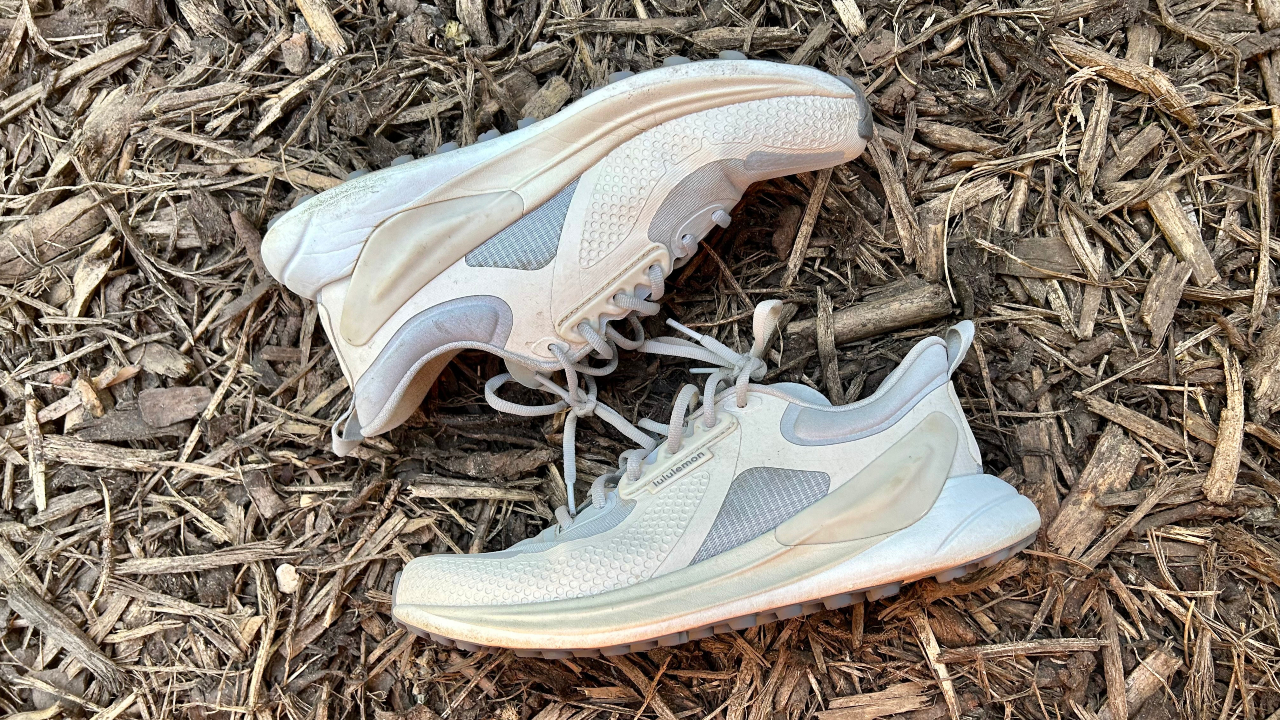
It’s been a year since Lululemon entered the running shoe world with the Blissfeel, a versatile everyday running shoe that was surprisingly OK for a brand known for its yoga pants. Now it’s back with its third shoe, the Blissfeel Trail, a running shoe designed to be worn from your door to the trails.
So how does it compare with some of the best running shoes on the market? The Blissfeel Trail, which is only available for women, has tough competition in the trail-running market, with rivals like Inov-8 and Hoka having topped the list of the best trail-running shoes for years.
Lululemon Blissfeel Trail: Price And Availability
The Lululemon Blissfeel Trail launched in May 2023 and costs $148 in the US and £148 in the UK. That’s $10/£10 more than the Blissfeel 2, which is the newer version of Lululemon’s road running shoe. It’s also more expensive than the Hoka Speedgoat 5, which topped our list as the best trail-running shoe. The shoe is available now on the Lululemon website and in stores in the US and UK. It comes in five colorways, and I tested the Silver Drop/Baked Clay/Vapor version for this review.
Design And Fit
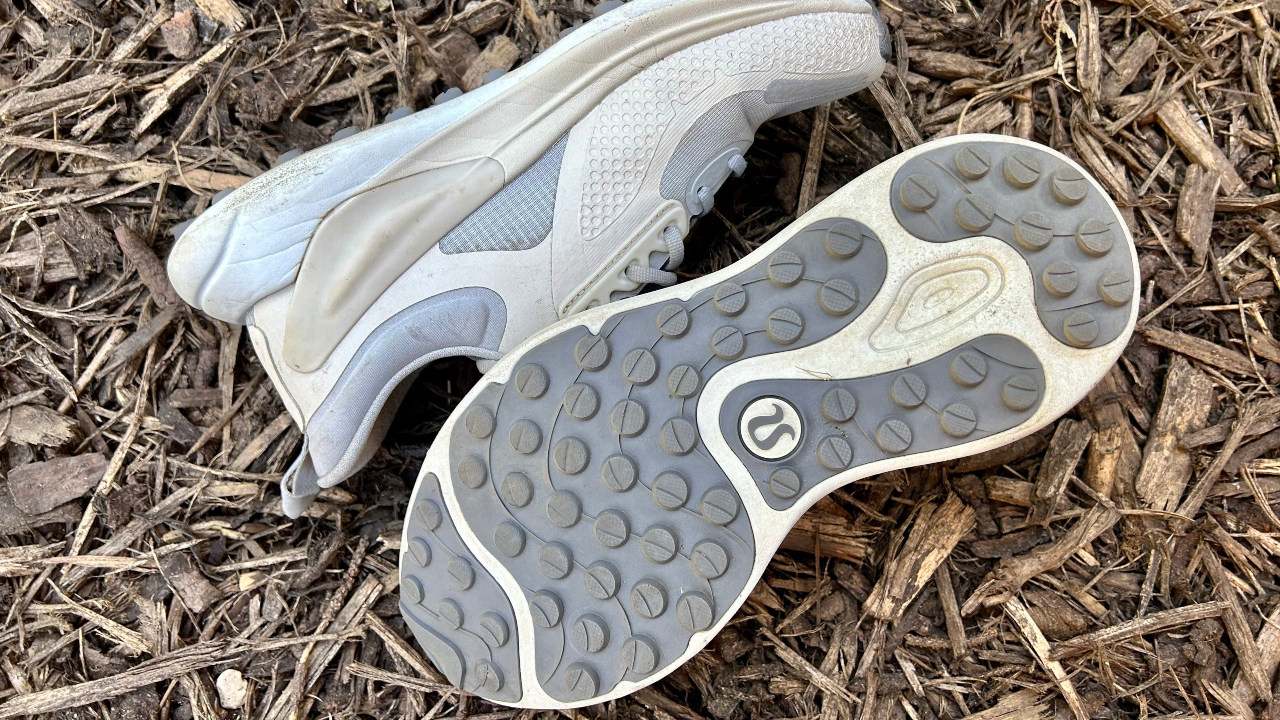
The Lululemon Blissfeel Trail’s simple silhouette makes it look similar to the Blissfeel and Blissfeel 2 . As with the other shoes in Lululemon’s range, it’s designed for the female foot, and I’d say the fit is one of the areas where Lululemon has got things right: where the Blissfeel came up small, the Blissfeel Trail fits more true-to-size. Having said that, I still went up a half size. I wear a UK 5 in most running shoes, aside from New Balance, which I wear a UK 5.5 in. I got a UK 5.5 in the Lululemon Blissfeel Trail and had enough room in the toe box to not worry about stubbing my toes when running. The shoes come in North American sizing, so British runners will need to use Lululemon’s size converter when shopping online.
The shoe has the same plastic strip running around the sides as the Blissfeel 2. This is to add stability and provide a locked-in sensation around the heel. I didn’t have any issues with my heel slipping, despite having high arches.
Compared with other shoes on the market, I’d describe the look of Lululemon’s Blissfeel Trail as simple and unassuming. Aside from the small Lululemon tag by the laces and the logo on the back, the shoe isn’t excessively branded.
Normally, such a light-colored shoe as the Silver Drop/Baked Clay/Vapor version wouldn’t be my go-to for trails, and it looked dirty quickly, so if you’re someone who likes to keep your running shoes looking fresh, pick a darker color.
Lululemon Blissfeel 2 vs Lululemon Blissfeel Trail
How does this shoe compare with the road running version? Both have the same midsole foam, which Lululemon describes as “tuned foam cushioning” that’s “soft and springy”. I disagree with Lululemon here: this isn’t a soft midsole foam, and compared with the likes of the Nike Pegasus 40 or the Puma Velocity Nitro 2, you’re not getting a huge amount of sink-in comfort, spring back or bounce.
The shoes have a similar fit, with a decent amount of room in the toe box. However, the trail version has a protective film around the toe to prevent knocks from rocks or twigs on the move. The Blissfeel Trail also has a more padded tongue, which I preferred, and the upper was more water-resistant when running through puddles.
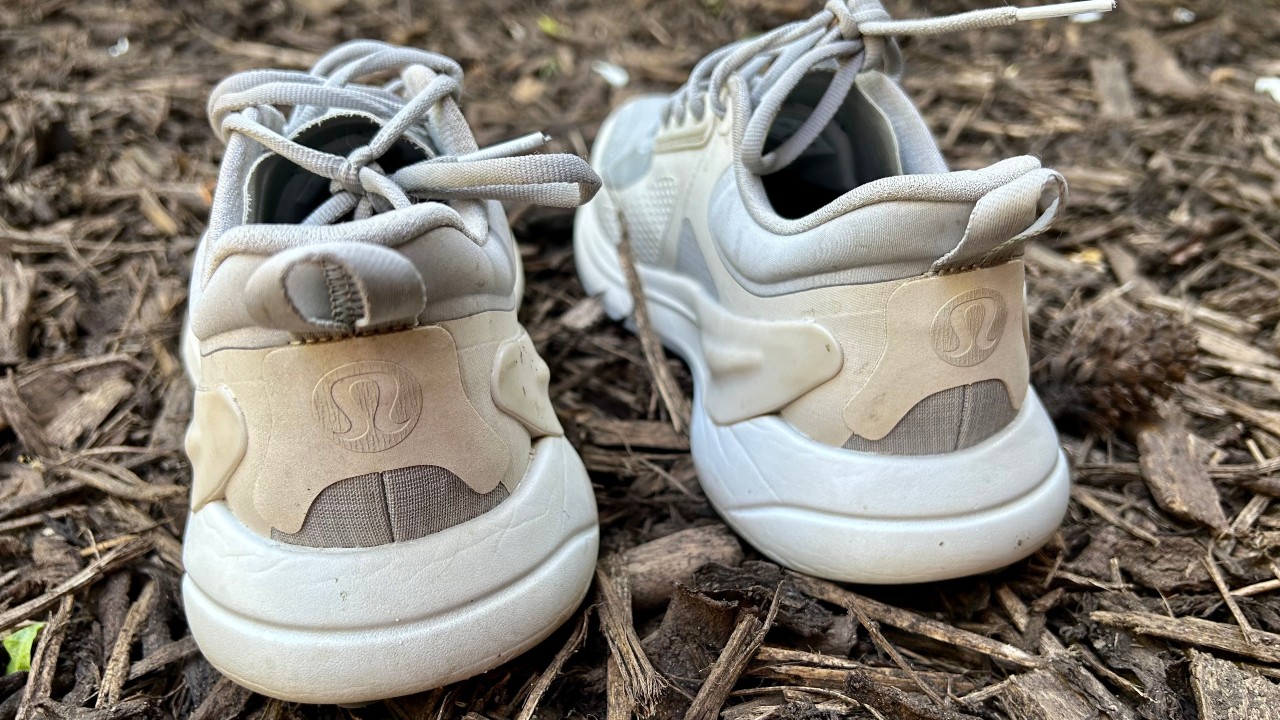
Both shoes have a firmer feel underfoot, but where this seems to limit the Blissfeel and Blissfeel 2 on the concrete, it’s reassuring on the trail. You don’t want a huge amount of bounce when you’re on uneven ground and, when running on softer ground, the Blissfeel Trail feels steady.
Another big difference between the road and trail versions is the outsole. The Blissfeel Trail has deeper lugs to afford more grip when running on uneven ground. That said, these aren’t crazy deep, so if you’re heading to the Alps to run the UTMB, you may want something with more grip. For a trail parkrun, or running around the common with the dog, these tick the right boxes.
There’s not much difference in weight from the everyday shoes. The Blissfeel 2 weighs in at 9.7oz/276g in a US 8/UK 6.5, with a 9.5mm drop. The Blissfeel Trail is 9.9oz/282g in a US 8/UK 6.5, and also has a 9.5mm drop.
How I Tested This Shoe
I tested the Blissfeel Trail on a number of runs in different weathers and on different surfaces. This shoe is designed to be worn from your front door to the trail, so I wore the shoes on the concrete sidewalk on my way to a woodland trail, on gravel paths in a park and on woodchip trails in parkland.
I set out at a steady pace and didn’t try to set any PRs wearing these shoes. I’ve covered upwards of 30 miles/50km in them—and I cleaned them off with water for my review photos.
Running Performance
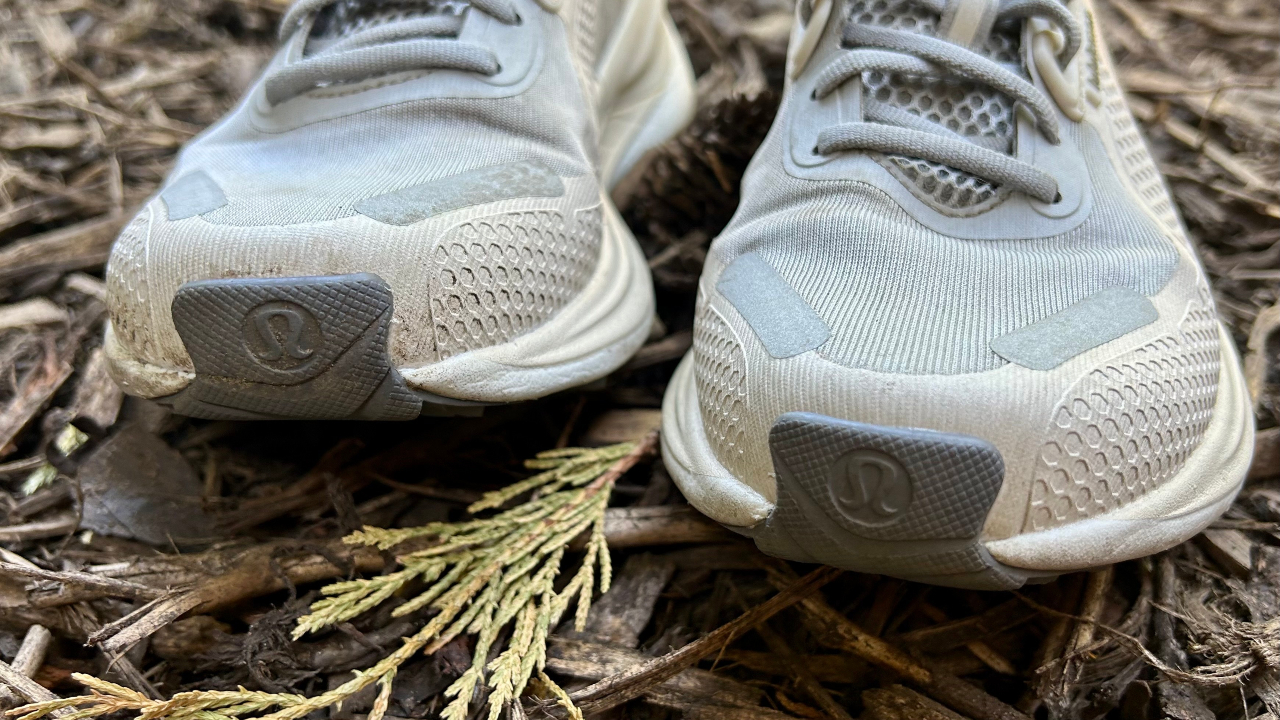
The Blissfeel Trail is my favorite Lululemon running shoe to date. Where the Blissfeel and Blissfeel 2 both fell short was in their firmer midsole, which limited the shoe to shorter, easy runs up to around 10K. I raced a 5K in the original Blissfeel and was left with sore hips the next day—although I’m a stompy runner who much prefers a max-cushioned shoe.
On the trails, I enjoyed the firmer ride of the Blissfeel Trail. I’d tend to reach for a stiffer shoe when trail running, and my go-to would normally be the Nike Wildhorse 7, so I enjoyed the support and stability I got from the Blissfeel Trail.
This isn’t a shoe that’s designed to go fast, but in a world of carbon fiber plates and huge stack heights, Lululemon has made a simple running shoe that'll get you around a muddy parkrun comfortably.
Is The Lululemon Blissfeel Trail Worth It?
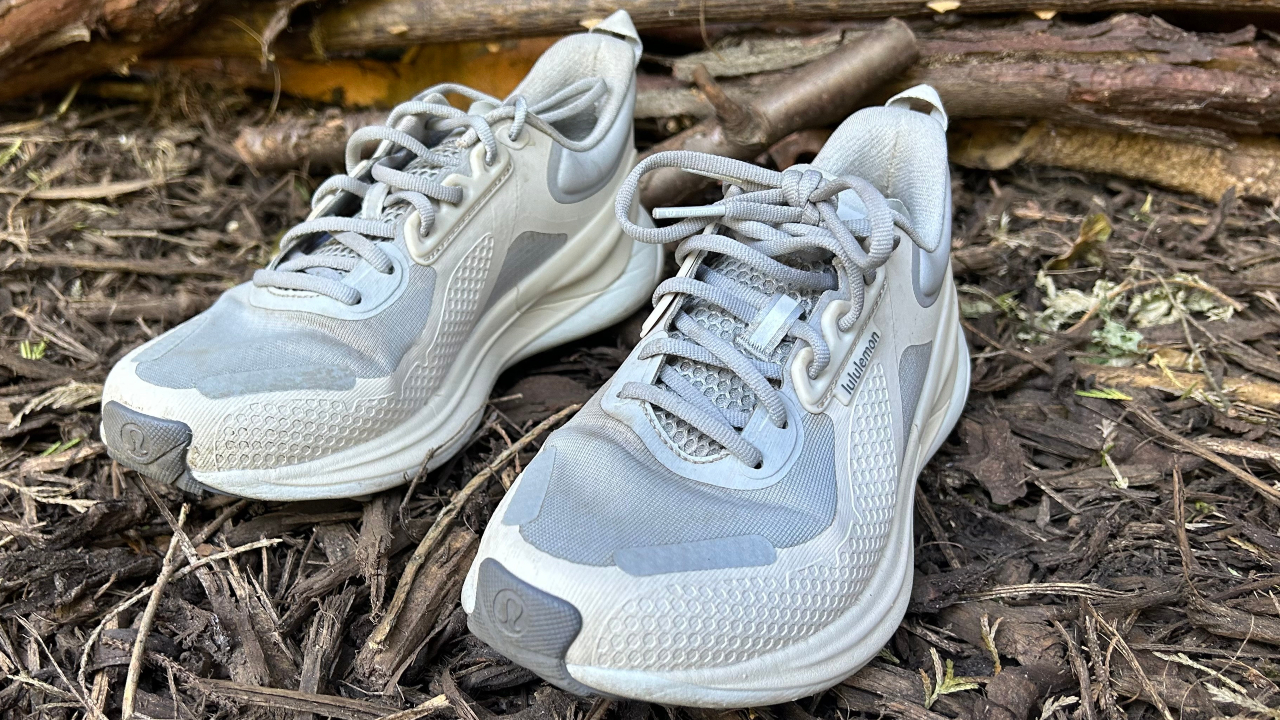
I’ve been surprised by this shoe and would say that if you’re a fan of Lululemon—and you prefer the trails to the roads—you’ll get a lot out of the Blissfeel Trail. It looks nice enough to wear on dog walks and hikes with friends, and it’s got a decent amount of grip when running on a light trail. I’d take this shoe with me if I were going on a UK break with the dog, knowing I could do a decent amount of hiking and the odd run with it.
However, if you’re looking for a running shoe that repeatedly takes you from your front door to the trail, look at something with more cushioning—as on concrete this shoe is on the firmer side. If you are planning on doing more of your run on paved surfaces, though, I’d pick something like the Nike Pegasus Trail 4, which has more cushioning to cope with both types of terrain.







